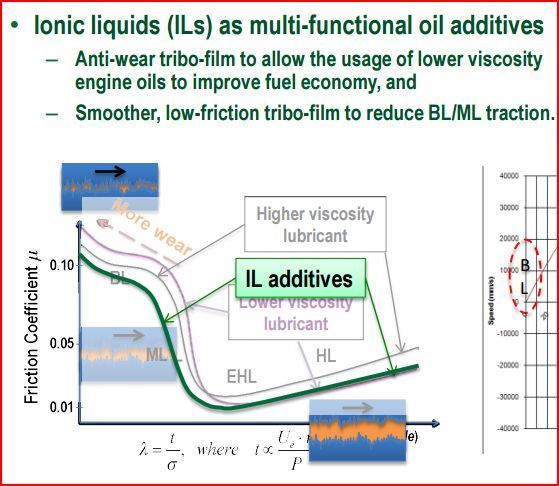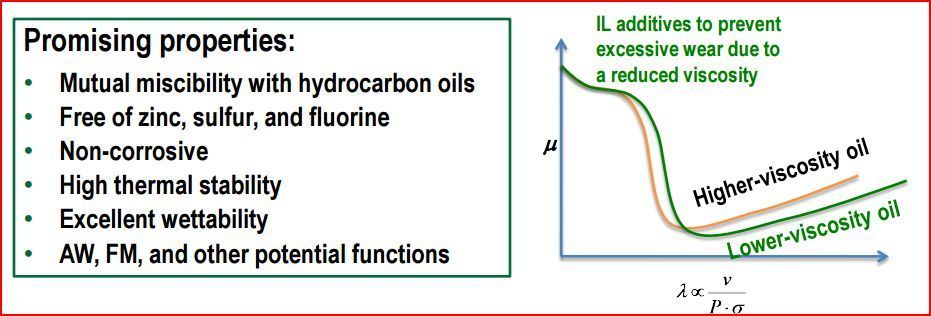Originally Posted By: turtlevette
Originally Posted By: Shannow
[If you've mistaken MOFT for "film strength",
I don't get the distinction. But I do get you're attempting to back out of a poor position. It's all documented. I stand by my paraphrasing of your position.
Bull....
Here's the thread discussing MOFT, and your assinine suggestion that a "magic molecule" 20 could have a greater MOFT than a 40...MOFT is clearly viscosity dependent.
in the BMW thread
Originally Posted By: Shannow
[If you've mistaken MOFT for "film strength",
I don't get the distinction. But I do get you're attempting to back out of a poor position. It's all documented. I stand by my paraphrasing of your position.
Bull....
Here's the thread discussing MOFT, and your assinine suggestion that a "magic molecule" 20 could have a greater MOFT than a 40...MOFT is clearly viscosity dependent.
in the BMW thread


